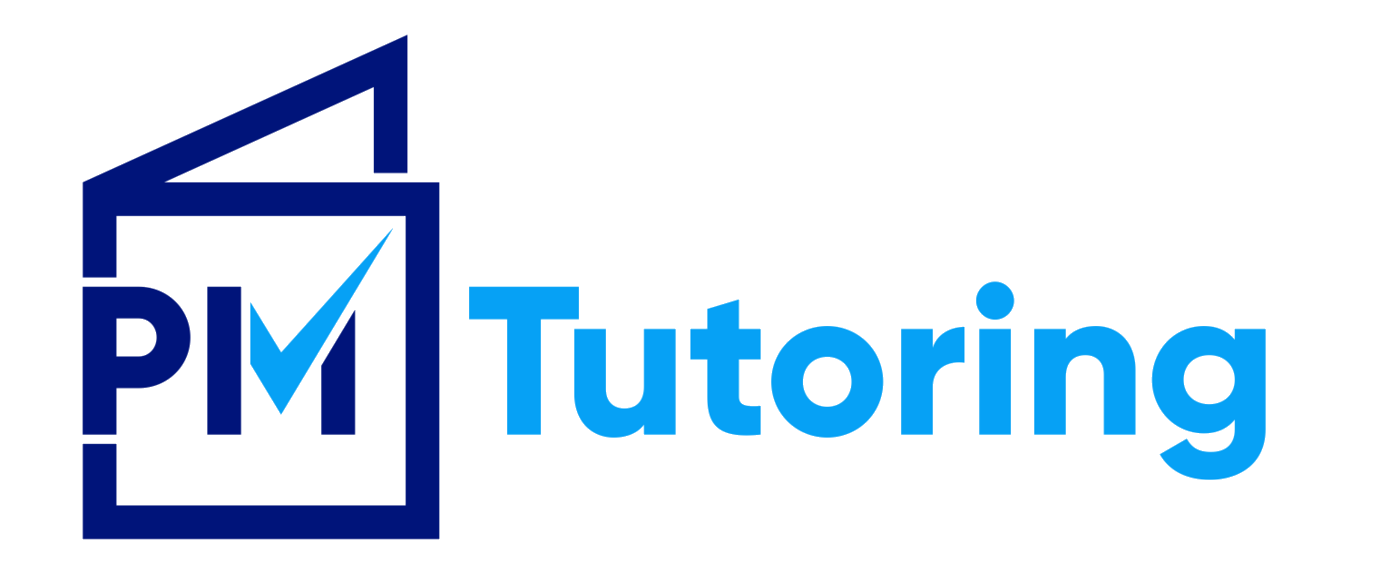PSAT scores out? What do we do now?
So, you have your PSAT scores? Now what?
*UPDATED: 1/15/2025*
First, take a deep breath. PSAT scores can be anxiety-inducing and difficult to comprehend. Please keep in mind that in most cases, your child hadn’t prepared for the PSAT (nor should they have), and may not have completed some relevant coursework in school.
For context, the average scores for:
10th grade PSAT: 890
11th grade PSAT: 970-980
Overall SAT: 1010
Further, scores can be muddled due to what we call the “Geometry Sandwich” common in many schools. This is the progression of mathematics curriculum that goes from Algebra 1 in 9th Grade to Geometry in 10th Grade to Algebra II in 11th grade (if you’re interested, here is a fascinating podcast on the American Math Curriculum).
The SAT predominately tests algebraic concepts—juniors who are in Algebra II may not have seen many of the concepts that are frequently tested in the math section back in October. The Reading and Writing section tests reading comprehension and the structures/grammatical rules of written English. The reading comprehension question types can be quite different from how students are taught to interpret texts in class. Students frequently rely on what “feels” or “sounds” right, rather than the concrete grammatical rules at play.
What do we do from here?
Step 1: Pick a Target Score
Depends on your student. Many parents and students will be panicking and scrambling do to *something* immediately- it seems natural to do so. However, keep in mind that every student has unique circumstances and goals. What others are doing may not work for your child. In fact, what others are doing may very well be wrong and inefficient for their own circumstances.
The first step is to determine a target- this can be done by searching the common data set for the SAT percentiles of target schools. If target schools haven’t been identified yet, that should be done first. You’ll be able to see statistics of matriculating students from the prior year. Of course, these numbers do not take into account the entire application. Tools like Niche can be helpful in getting a better sense of what kind of application profiles have been successful (in terms of both acceptance and perhaps scholarships) recently, but ultimately, college admission reps and school counselors can provide further guidance and advice.
Step 2: Find the Spots for Growth
Next, identify gaps between the baseline and target score. Perhaps that means a student must take the time to master and mature in math. Maybe their grammatical foundation isn’t great- luckily, grammar (categorized as “Expression of Ideas and “Standard English Conventions” on the score report) tends to be the easiest fix.
Once weaknesses are identified, they must be targeted during a time students have the bandwidth to prioritize test prep. Haphazard and scattered test prep, even over a longer period of time, is less effective than an intentionally crafted, structured program. We often recommend 3 months or so of prep and encourage students to leverage “lighter” portions of their schedule such as winter and summer break so as to avoid competing interests. Busy periods for school (finals, APs) and extracurriculars (sports seasons, etc), for example, can take away from the limited amount of time students already have. Resist the urge to do anything immediately if it is not intentionally planned for your student- this can lead to frustration, poor results, and burnout. Earlier is not necessarily always better—there is a reason classes have pre-requisites in college, and the same applies here.
Step 3: Allow Students to Get Emotionally Engaged
Finally, we must recognize that it is the student who will be putting in the work. If they are not actively engaged in and comfortable with the plan, they should not be prepping. At the end of the day, they have to want to do it. Test prep must be connected to the “why.” If they don’t understand why it is important or do not feel that improving their scores is a priority, they shouldn’t be starting. We typically encourage these students to begin their prep process once they have identified their dream colleges and understand what they need to do to become a competitive applicant there.
What can be done in the meantime? Complete inaction would of course be negligent. Encourage…
Strong grades (the standardized tests do, after all, test the concepts taught in school),
Meaningful extracurriculars, and
Reading (we are happy to suggest reading materials and schedules as well!)
If you need help deciphering scores or coming up with your plan, reach out and set up a call with us!
Pranoy has been a private tutor since 2010. He graduated from Penn State University with a degree in Biological Sciences, attended Des Moines University School of Medicine, and obtained his master’s degree at Columbia University.





